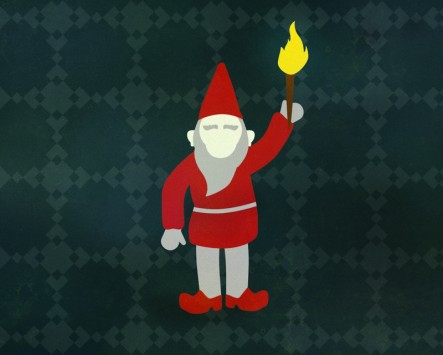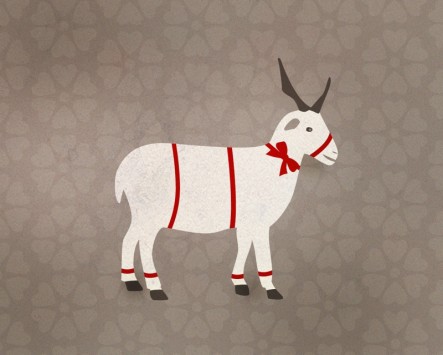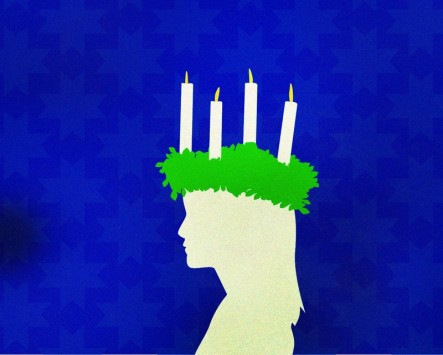The Century House turns into a different place in December. The rest of the year, we are especially apt to getting lost in Marimekko patterns and staring too-longingly at BluDot and Gus sofas, but when holiday music hits the radio and the twinkle lights begin to go up around Madison, we make a little extra room in our hearts for those Carl Larsson-esque, folksy, homey, and ultimately Swedish holiday items that we see this season.
As a relatively new employee, I am not as familiar with the traditions that make the Swedish holidays unique as most of my colleagues are. So if, like me, you have ever been in the gift shop and wondered why Santa looked a little different, or what that straw animal was, we have compiled a bit of history that will hopefully clarify.

Sweden’s version of Santa is known as Tomte, or Tomtenisse in some places. But unlike our jolly, sleigh-riding Santa, Tomte is a small elderly man who can shift shapes and even make himself invisible. Dressed in grey and red woolens, he roamed the countryside, making himself available to help Swedish farmers while they and their families slept. In the past, Tomte was somewhat of a mischevious character: with glowing eyes, he would take his revenge on farmers he thought were rude, even using his powers to leave damaging bites on violators of his mandated etiquette. Most important to him was that he be left a full bowl of porridge with a pat of butter on top. Today’s version of Tomte, however, is closer to the American version of Santa Claus, and would not retaliate if Swedish families forgot to put out his favorite dish. Our gift shop features several books telling the story of this friendlier Tomte, beloved by Swedish families.

Another staple of the Swedish holiday season is the Yule goat. A historic Swedish tradition, the Yule Sacrifice, necessitated the pretend butcher of a participant dressed as the goat, who was then ceremonially brought back to. Now, Yule goats are most commonly seen as tiny straw ornaments wrapped in red ribbons. Swedish families play tricks on one another by hiding the ornaments in their neighbors’ homes secretly. If a family discovers a goat in their own home, it is their job to covertly place it in a neighbor’s house in the same manner.

December 13 brings about what it perhaps the most famous of Sweden’s signature holiday celebrations. Saint Lucia’s Day, named for a Sicilian martyr, is a Church feast day in which the eldest girl of each family dresses up as the famed saint, donning a white robe and a crown of leaves and candles. The daughter then serves her family Lussekatt, or St. Lucia’s buns, a type of bun made with saffron. The daughters of each town then join together for a procession in which they distribute candy, sometimes accompanied by the young men of the town, who are dressed as Tomte or gingerbread men. St. Lucia’s Day (or St. Lucy’s Day) is even celebrated by American families of Scandinavian heritage, who set out buns on their mantels.
If you would like to celebrate this holiday season the Swedish way, the illustrations in this post are available as desktop wallpapers. Click the appropriate link below for a high-resolution image that will add holiday cheer to your computer’s home screen. And as the Swedes say, “God jul och gott nytt år!”









